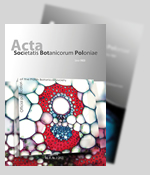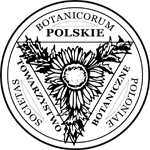Abstract
Succession experiments were carried out in 1 m2 sized plots on three different soils (S = sand. SCL = silty clayey loam, CL = clayey loam). Vegetation was allowed to grow for 9 years, starting at different dates between 18.06.1969 and 1.04.1971. The greatest part of the variation of floristic composition and cover was brought about by the different soils. Direct effects of the starting season were detected only in the first two years. On sand in the first year the winter annual Conyza canadensis was well developed on the plots that had started in spring, but was poorly developed on the summer and fall plots. In the second year it decreased in the spring plots but increased in the summer and fall plots. The same was true for the winter annual Sonchus asper on CL. On SCL, however., Senecio vulgaris, belonging to the therophyta epeteia (overwintering in summer habit), was well developed in both the spring and summer plots, and showed an increase towards the second year in the fall plots only. In the later years of the experiment plots that had been started early in the year mostly were dominated by Poa pratensis ssp. angustifolia (or Quercus rubra), whereas plots that had been started late in the year mostly were dominated by Solidagn canadensis together with Artemsia vulgaris. The analyses of the transition events between the (sub)dominant species showed a variety of replacement patterns, but no determinated series of species following each other. It remains, therefore, unclear in what manner the differentiation between the terminal dominants may be related to the starting season.
Keywords
succession; seasonal effects; ruderal plant communities







